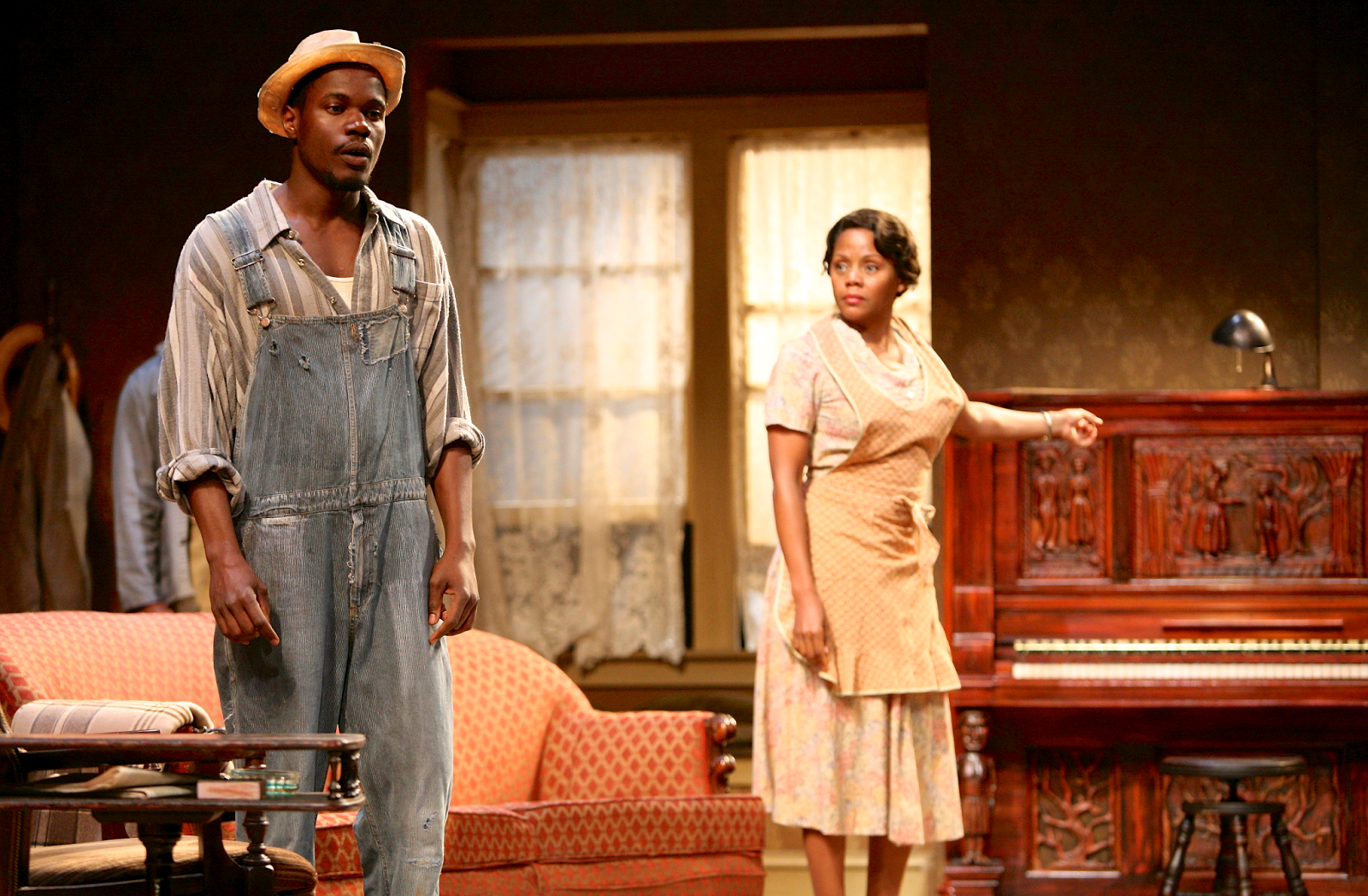| untitled by Emily Zabronski, courtesy South Puget Sound Community College |
| untitled by Indigo Althea Mahira, courtesy South Puget Sound Community College |
South Puget Sound’s most popular annual art exhibition returns for 2015 and it’s bigger and better than ever. It’s the postcard show. Artists are invited to enter postcard-size works of art. Size is the only limitation, and artists are encouraged to respond to a theme. This year’s theme is “Out of Sight.” No entry is turned down, and artists are encouraged to interpret the theme in whatever way they want, no matter how far out.
More than 100 artists are included in this year’s show, most with multiple submissions. The art stretches around three walls of the gallery in three tiers.
It goes without saying that when no entries are rejected there will be some duds. There are. But I won’t dwell on the duds; I will simply describe some of the works that particularly tickled my fancy and mention that a lot of Olympia’s better artists are in this show and that few of the pieces look anything like postcards, but they do look like good, solid paintings. (There are also some sculptures and even stained glass.)
Emily Zabronski’s “#3) features cutout figures of soldiers and courtiers in Mediaeval or Renaissance dress that are like old-style colored etchings raised above the surface in a most striking way.
Shirley Stirling is showing a painting of a man sticking his head in the sand ostrich-like with his rear end raised to mimic the shape of the mountain peak behind him. It looks like acrylic or oil on canvas board and is a nicely humorous interpretation of the theme. (Note: none of the works listed media, so when I mention media it is guesswork based on appearance.)
Britt Nederhood is showing six pieces that appear to be stained glass with, in each, shapes that look like eye glasses, all in exciting colors with marbleized color modulation.
Indigo Althea Mahira’s bas relief sculpture is a little technical marvel enhanced by its small scale. It is the sculpted figure of a baldheaded man wearing glasses and reading the New York Times. It is constructed with ceramic, paper and cloth. The detail work is outstanding.
Becky Knold, always a favorite who is in this show every year, has entered a couple of landscape-inspired abstract paintings with collage or assemblage elements that look like boulders made from rusted metal. There is a heavy, heavy, heavy look to these well-designed paintings, and textures that demand to be carefully examined.
Hart James, who currently has a one-woman show of landscape paintings at the Washington Center for the Performing Arts, is showing semi-abstract landscape paintings with expressive impasto paint application.
Diana Fairbank’s “Capital Lake Cupcake” and “Sylvester Park Cowgirl Boots” are paintings of proposed public monuments in the spirit of Claes Oldenburg’s giant ice cream cones, typewriter erasers, hamburgers and countless other pop items. If that description combined with Fairbank’s rather literal titles don’t tell you anything, then you need to see them for yourself.
I truly love Susan Christian’s three entries. They are nuanced abstract paintings in dull green and black on weathered strips of board. The textures, colors and mark-making are wonderful. In one of them we see a mountain peak, which is a theme Christian has explored for years. The other two are non-objective.
Finally, Marilyn Bedford has two mouse traps painted and mounted on boards, one Pepto-Bismol pink and the other baby blue on a yellow and purple background. This is funky pop art.
"Found Photographs," noon to 4 p.m. Monday-Friday and by appointment, through Feb. 20, The Gallery at the Kenneth J. Minnaert Center for the Arts, 2011 Mottman Rd. SW. Olympia, 360.596.5527, www.spscc.edu/gallery
Photo: untitled by Indigo Althea Mahira, courtesy South Puget Sound Community College





%2BStephen%2BTyrone%2BWilliams%2C%2BDerrick%2BLee%2BWeeden%2C%2BYaegel%2BT.%2BWelch%2Band%2BG.%2BValmont%2BThomas%2Bin%2BThe%2BPiano%2BLesson..png)

